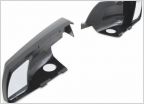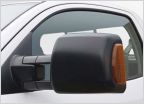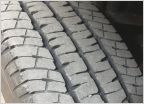-
Welcome to Tundras.com!
You are currently viewing as a guest! To get full-access, you need to register for a FREE account.
As a registered member, you’ll be able to:- Participate in all Tundra discussion topics
- Transfer over your build thread from a different forum to this one
- Communicate privately with other Tundra owners from around the world
- Post your own photos in our Members Gallery
- Access all special features of the site
Bent my Rapid Hitch...
Discussion in 'Towing & Hauling' started by blenton, Jan 20, 2025.


 Side mirror upgrade for 2013 Tundra for towing
Side mirror upgrade for 2013 Tundra for towing Will tow mirrors be necessary?
Will tow mirrors be necessary? Monitor Trailer Cargo While Driving
Monitor Trailer Cargo While Driving Trailer tires - do I need trailer specific tires?
Trailer tires - do I need trailer specific tires? Recommend me a Trailer Brake Controller
Recommend me a Trailer Brake Controller Clicking Noise from IBC box in cab
Clicking Noise from IBC box in cab
